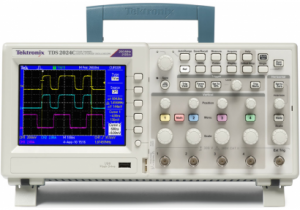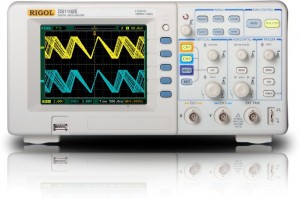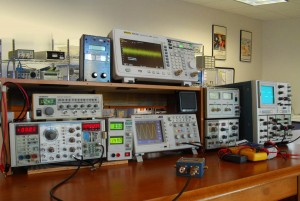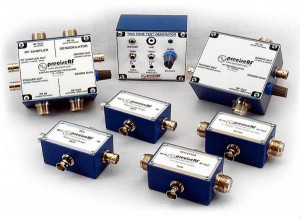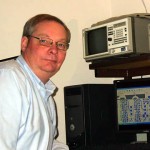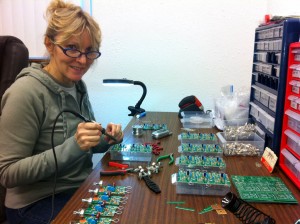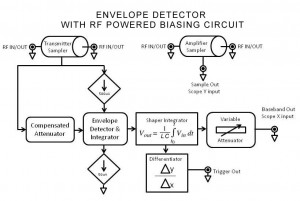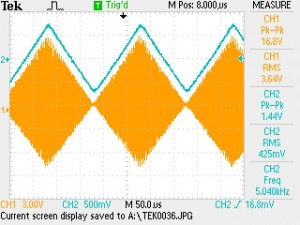Aurora, Oregon, May 1, 2013. PreciseRF announced today that the new TDR-CableScout® will be introduced at the annual SEA-PAC Ham Convention May 31-June 2, 2013 at Seaside, Oregon http://www.seapac.org. 
The TDR-CableScout® gives Hams, with access to an oscilloscope, the means to analyze transmission lines and circuit board strip lines. Line impedance from 50 ohms to 600 ohms can by measured with 25 ps resolution.
TheTDR-CableScout® features isolated high speed samplers and separate device under test (DUT) outputs. This design allows a direct, fast Tr 50 ohm connection to the oscilloscope for accurate TDR measurements without the inconvenience and lower performance of the “T” connector technique.
A transmission line library is included, it contains data for velocity factor (Vf), line impedance (Zo) and line loss data. The integrated TDR measurement computer takes the work out of TDR measurements, such as time to fault (TTF), reflection coefficient (p), cable length, velocity factor (VF), Line impedance (Zo), return loss (RL), SWR and cable loss.
The TDR-CableScout® has both pulse and step TDR TDR functions. The step TDR has a maximum range of 15 KM and time resolution is better than 1 ns. The pulse TDR features a 500 ps pulse width and 150ps Tr. The resolution is under 5mm, this is well suited for analyzing circuit board strip lines. A dedicated trigger output with a 100ns pre-trigger delay allows viewing of the TDR pulse leading edge when using sampling scopes without a delay line such as the 7S11 and 7T11 installed in legacy Tektronix 7000 scopes.
“While TDR transmission line testing is not new in the commercial communications industry, it has always been expensive and not in reach of the average ham. The new TDR-CableScout® will now help make TDR measurements affordable for ham radio operations,” said preciseRF CEO, Roger Stenbock W1RMS.
Two versions will be introduced, the standard version and the professional version. Options include a variable terminator for direct impedance measurements, expanded measurement firmware, and a bundled scope package featuring a 200 MHZ DSO, NIST calibration and extended warranty.
Pricing will be announced at the SEA-PAC convention.
PreciseRF is a leading developer and supplier of oscilloscope measurement accessories for ham radio operators, measurement industry and the U.S. Government, with production and sales located in Aurora, Oregon and product development and engineering in Placerville, California. www.preciserf.com

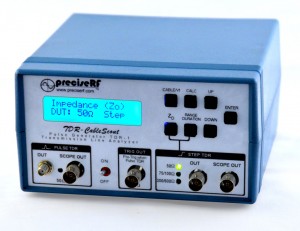


 TOP RECOMENDATIONS
TOP RECOMENDATIONS



